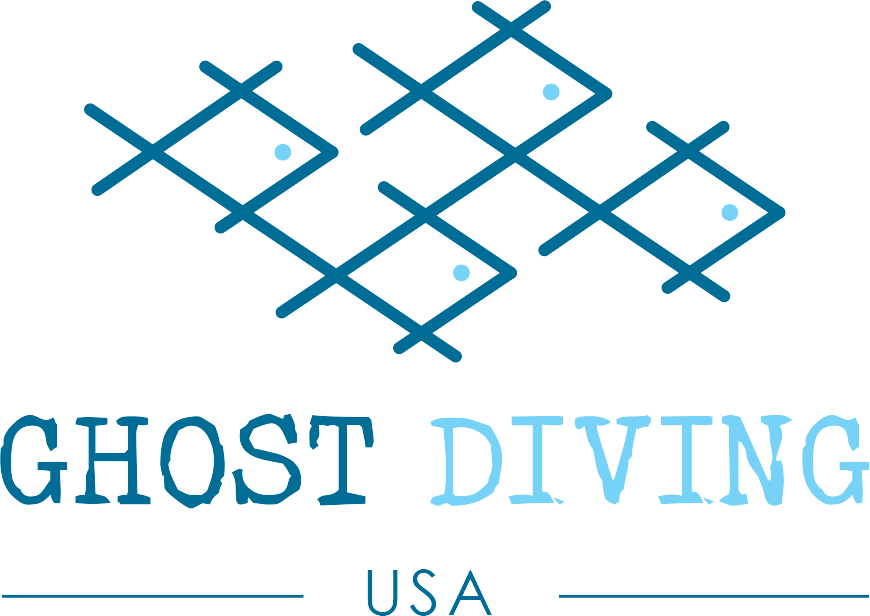The Tuna Clipper
Location: Catalina Island, California
Wreck/Site: The Tuna Clipper
Teams:
Team 1 (Net Handling): Jim Babor, Karim Hamza
Team 2 (Photogrammetry Team): Shane McWilliams, Daniel Pio, Curtis Wolfslau
Surface Support: Mike Schlegel, Juan Torres
Mission Impact: 300 square feet of net recovered, 1,500+ images collected
Ghost gear always presents unique challenges to our divers. Our goal remains the same, to clean up the ocean and document our work to educate others. Our team took our documentation to a new level with the use of photogrammetry. Photogrammetry, as defined by the American Society for Photogrammetry and Remote Sensing (ASPRS) is the “art, science, and technology of obtaining reliable information about physical objects and the environment, through the processes of recording, measuring, and interpreting imagery and digital representations of energy patterns derived from noncontact sensor systems”. Over the course of 40 minutes (2 20-minute dives to 170 feet), Daniel and Curtis were able to take approximately 1,500 images. These images are taken in painstaking detail. Each photo is taken within 3 feet of the object and from every angle of the object. These images will then be run through software that will stitch the images together to build a 3D model of the object. If our divers miss any detail, it will be missing from the rendering. Photogrammetry is a work of precision and patience. Our team estimates that with another 60-70 minutes of time at depth, they should be able to finish collecting photos of the wreck.
Jim and Karim set out to continue removing net from the wreck and were able to successfully remove 300 square feet of net. Of the unique challenges presented on this dive, they had to be mindful of the visibility for the photographers. They needed to stay down current of the photogrammetry team. Next, they continued their work on sections of net that were buried in the sand. This is always challenging because they must be mindful of where they are in relation to the net when lifting it. It is easy to become entangled in the net that lifts off the sand because of the reduction in visibility.
Team Ghost Diving USA continues to find new and innovative ways to share our work and our mission with the public. We look forward to incorporating technology to help make our work more tangible to the public. These 3D models will show the nets on the wreck. As the clean-up process continues, our divers get to feel the satisfaction of cleaning the ocean and unwrapping these wrecks, but the public can visibly see the progress and get a bit closer to being with the divers at these sites.


